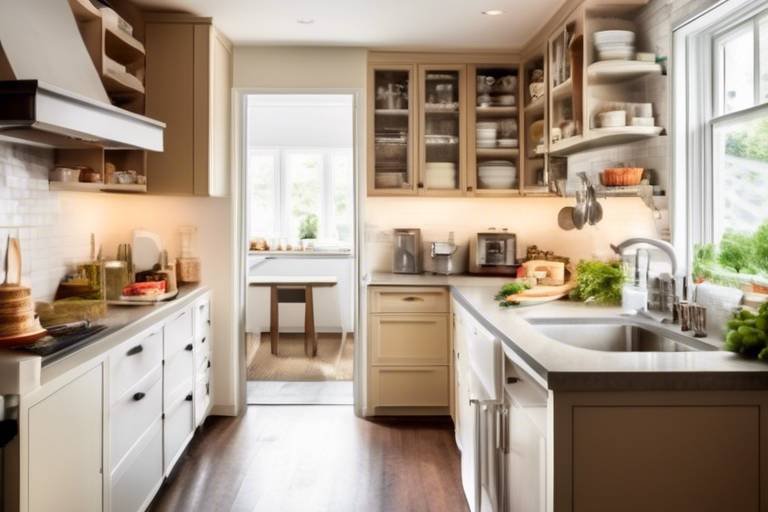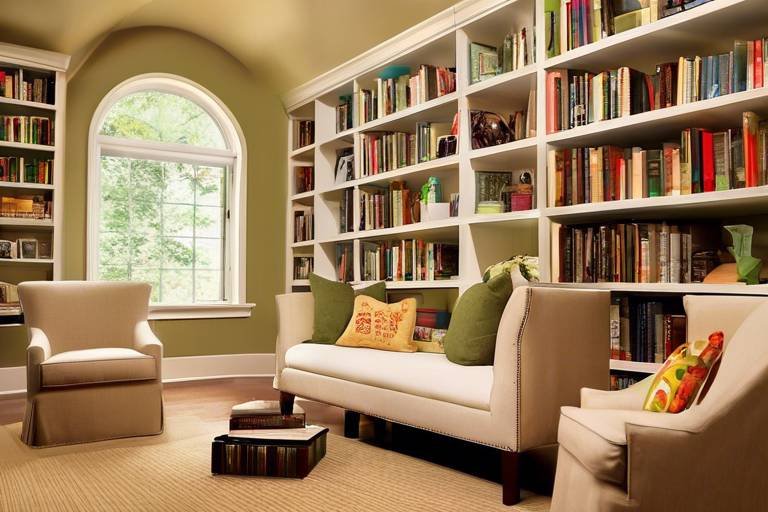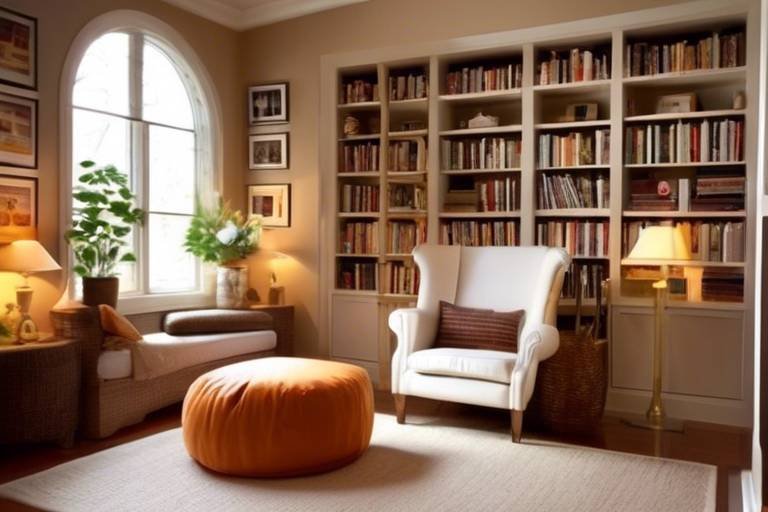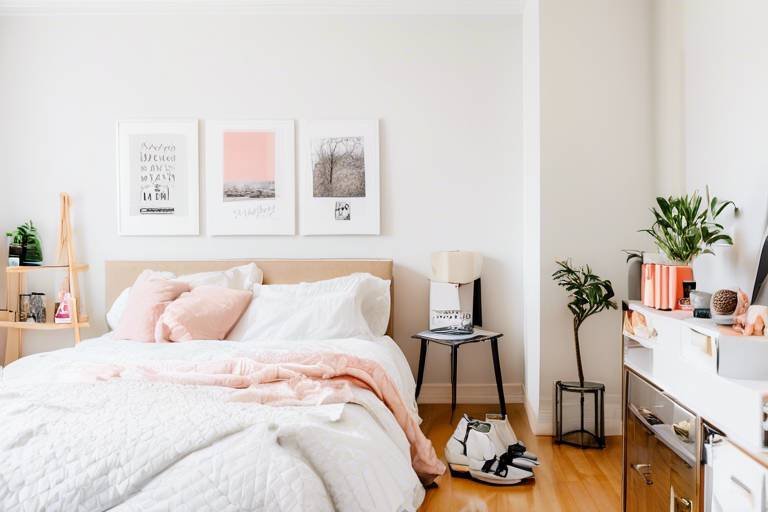Tips for Painting Your Home’s Interior and Exterior in Harmony
Enhance your home's aesthetic appeal by coordinating the interior and exterior paint colors. Follow these expert tips to create a cohesive and harmonious look that ties your home's inside and outside together seamlessly.

Choosing a Unified Color Palette
Enhance your home's aesthetic appeal by coordinating the interior and exterior paint colors. Follow these expert tips to create a cohesive and harmonious look that ties your home's inside and outside together seamlessly.
When it comes to choosing a unified color palette for your home, it's essential to consider the existing elements both inside and outside. Think of your home as a canvas, and the colors you choose as the paint that will bring it to life. By selecting a color palette that complements your flooring, furniture, and landscaping, you can ensure a harmonious flow throughout your living space. Imagine creating a symphony of colors where each note plays in perfect harmony with the others, creating a visual masterpiece that delights the eyes and soothes the soul.
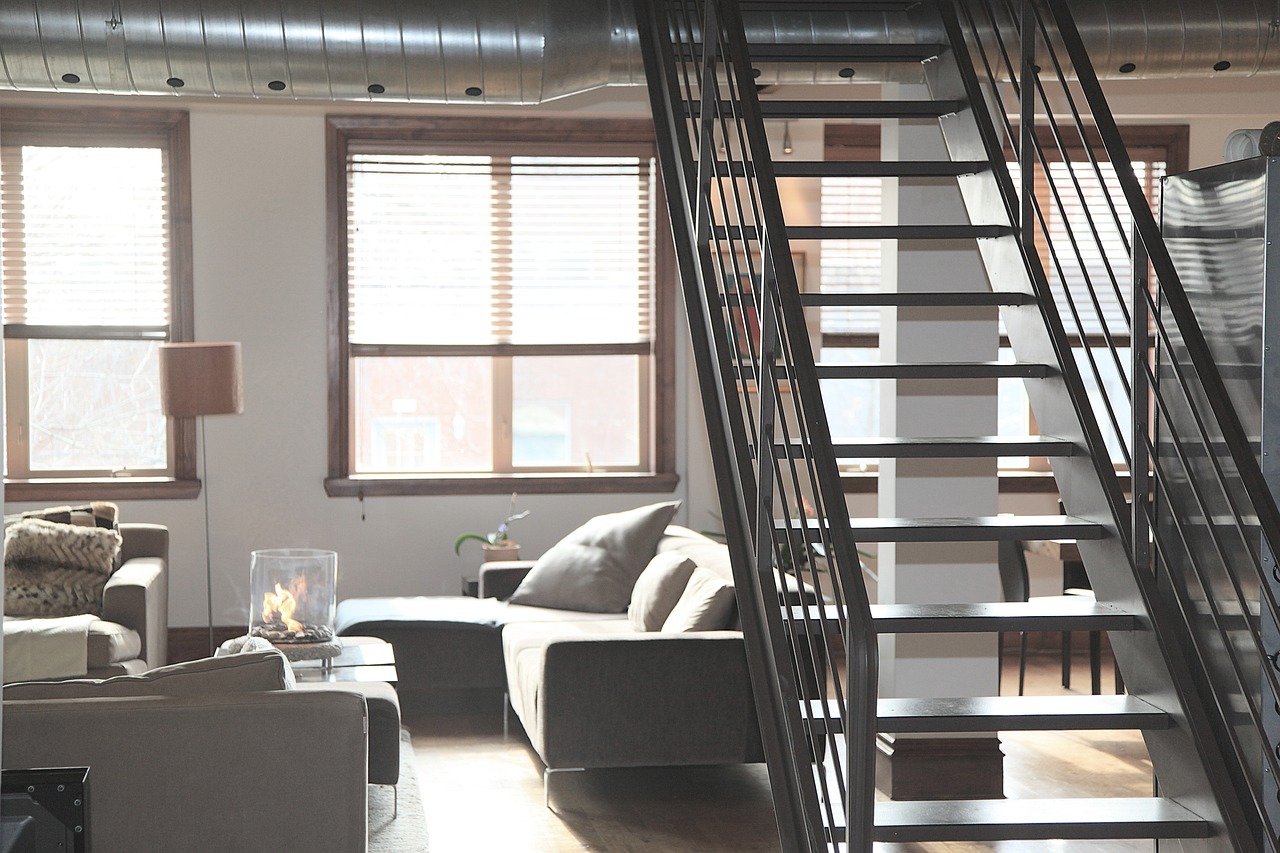
Utilizing Accent Colors Strategically
When it comes to painting your home's interior and exterior in harmony, utilizing accent colors strategically can make a significant impact on the overall design. Accent colors are like the spice in a recipe, adding that extra flavor and visual interest to your home's aesthetic. By strategically incorporating accent colors, you can create a cohesive and balanced look that ties the interior and exterior together seamlessly.
One effective way to utilize accent colors is by focusing on key elements such as doors, trim, or focal points. These areas serve as perfect opportunities to introduce pops of color that complement the main color palette. For example, a vibrant red door can enhance the curb appeal of your home while also creating a visual connection to the interior if a similar shade is used in the decor.
Additionally, accent colors can be used to highlight architectural features and add depth to the overall design. By choosing accent colors that complement the existing color scheme, you can create a harmonious flow between the interior and exterior spaces. For instance, using a contrasting trim color that complements the main paint color can help accentuate the architectural details of your home.
When selecting accent colors, consider the overall mood and ambiance you want to create. Warm tones like reds and oranges can add energy and coziness, while cool tones like blues and greens can evoke a sense of calm and relaxation. By understanding the psychological effects of color, you can strategically use accent colors to enhance the atmosphere of your home.

Considering Natural Lighting
When painting your home's interior and exterior, is crucial for achieving a harmonious look. Natural light can significantly impact how paint colors appear, making it essential to choose the right shades that work well in different lighting conditions.
Before finalizing your paint colors, it's advisable to test samples in various areas of your home to see how they look under different lighting intensities. What may look perfect in natural light during the day could appear entirely different under artificial lighting at night.
Moreover, coordinating with architectural features plays a vital role in ensuring that your paint colors harmonize with the overall design of your home. Consider how natural light interacts with elements like brickwork, siding, and trim to create a cohesive visual appeal.
Additionally, understanding how color psychology influences the mood and ambiance of a space can help you choose the right paint colors that resonate with the natural lighting in your home. Warm tones may enhance natural light in darker areas, while cool tones can balance out excessive sunlight.
Consulting with a professional painter or designer can provide valuable insights on how to optimize natural lighting with your paint choices. They can offer expert advice on color selection and placement to ensure that your home's interior and exterior blend seamlessly.
In conclusion, when painting your home, always keep natural lighting in mind. It can make a significant difference in how your chosen colors appear and interact with the architectural elements of your home. By carefully considering natural lighting, you can create a harmonious and visually appealing living space that exudes warmth and comfort.

Coordinating with Architectural Features
When it comes to painting your home's interior and exterior, one crucial aspect to consider is how to coordinate the colors with the architectural features of your house. The architectural elements play a significant role in determining the overall aesthetic of your home, so it's essential to harmonize the paint choices with these features.
Start by analyzing the architectural style of your home. Different architectural styles have distinct characteristics that can influence the choice of paint colors. For example, a Victorian-style home may benefit from more traditional and classic color schemes, while a modern home might look best with a more minimalist and contemporary palette.
Consider the materials used in the construction of your home's exterior. If you have brickwork, stone accents, or wooden details, these elements can guide your color choices. Opt for paint colors that complement these materials rather than clash with them, creating a cohesive and unified look.
Take note of the existing colors of architectural features such as siding, trim, and roofing. These elements are a permanent part of your home's exterior, so it's essential to select paint colors that work harmoniously with them. You can either choose colors that blend seamlessly with the existing features or opt for complementary shades that create a striking contrast.
Another important consideration is the visual impact of your home's architectural features. Highlight key architectural elements by using paint to draw attention to them. For example, you can paint trim in a contrasting color to make it stand out or use a darker shade to emphasize certain architectural details.
Remember that the goal is to create a balanced and visually appealing look that integrates the paint colors with the architectural features of your home. By coordinating the paint choices with these elements, you can achieve a harmonious overall design that enhances the beauty of your home both inside and out.
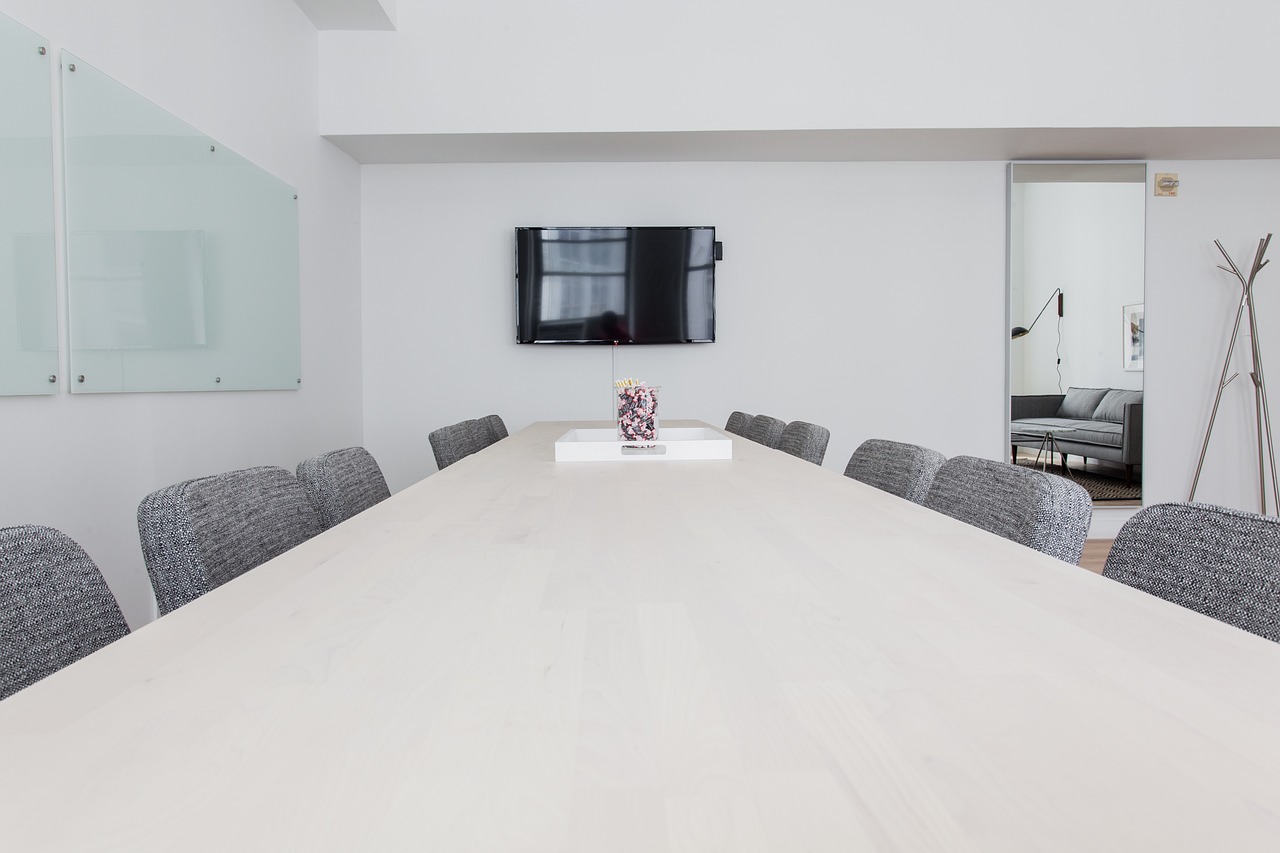
Using Color Psychology
When it comes to painting your home's interior and exterior in harmony, utilizing color psychology is a crucial aspect to consider. Colors have the power to influence our emotions and perceptions, ultimately shaping the ambiance of a space. By understanding the psychological effects of different colors, you can create a cohesive and harmonious atmosphere throughout your home.
Warm colors like reds, oranges, and yellows are known to evoke feelings of warmth, energy, and positivity. These hues can be ideal for areas where you want to promote social interaction and liveliness, such as the living room or dining area. On the other hand, cool colors like blues, greens, and purples are calming and soothing, making them perfect for spaces intended for relaxation, like bedrooms or reading nooks.
Neutral colors such as whites, grays, and beiges provide a versatile backdrop that can complement a wide range of styles and aesthetics. They can serve as a unifying element between different rooms and tie the interior and exterior together seamlessly. Additionally, incorporating pops of bold or accent colors can add visual interest and personality to your home while maintaining a sense of harmony.
When selecting paint colors based on color psychology, consider the function of each room and the atmosphere you wish to create. Do you want your bedroom to feel tranquil and serene? Opt for cool, soothing tones. Are you aiming to energize your kitchen or home office? Warm, vibrant hues might be the way to go. By aligning the color choices with the desired mood of each space, you can ensure a cohesive and emotionally resonant environment throughout your home.

Testing Paint Samples
When it comes to selecting the perfect paint colors for your home's interior and exterior, testing paint samples is a crucial step in achieving harmony and cohesion. By applying small samples of paint to different surfaces, you can observe how the colors interact with the lighting and existing elements of your home.
One effective way to test paint samples is to paint swatches directly on the walls or exterior surfaces you plan to update. This allows you to see how the colors look in the actual space and how they complement the surrounding elements.
Additionally, consider testing the paint samples at different times of the day to see how natural light affects the colors. A color that looks perfect during the day might appear different in the evening, so it's essential to assess the samples in various lighting conditions.
Creating a mood board with paint samples, fabric swatches, and inspirational images can also help you visualize how the colors will work together in your home. This tactile approach allows you to see the colors side by side and make informed decisions about the overall color scheme.
Remember, the goal of testing paint samples is to ensure that the colors you choose create a harmonious and cohesive look throughout your home. Don't rush this process, take your time to experiment with different shades and combinations until you find the perfect match for your space.
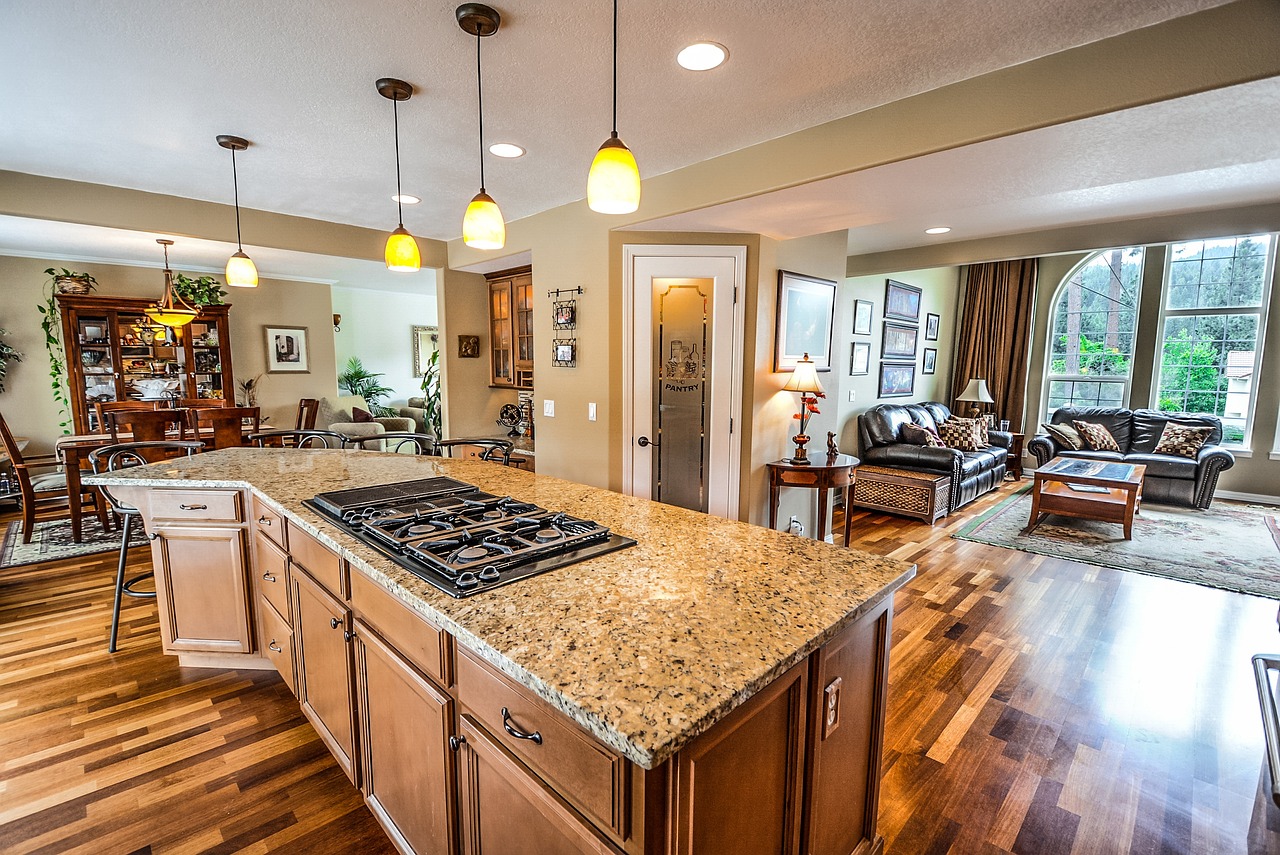
Seeking Professional Advice
When it comes to painting your home's interior and exterior, seeking professional advice can make a significant difference in achieving a harmonious look. Professional painters or designers have the expertise and experience to guide you in selecting the right colors and finishes that will complement both the inside and outside of your home.
By consulting with a professional, you can benefit from their knowledge of color theory, design trends, and practical considerations. They can provide valuable insights on how to coordinate paint colors with existing architectural features, natural lighting conditions, and the overall aesthetic of your home.
Additionally, professionals can help you avoid common pitfalls and mistakes that homeowners often make when choosing paint colors. Their trained eye can assess your space and recommend color schemes that will enhance the beauty and cohesiveness of your home's interior and exterior.
Working with a professional also gives you access to a wider range of resources and paint options. They can recommend high-quality paints, finishes, and application techniques that will ensure a long-lasting and visually appealing result.
Ultimately, seeking professional advice can save you time, effort, and potentially costly mistakes in the painting process. Their expertise can help you achieve a seamless and harmonious look that ties your home's interior and exterior together in a visually stunning way.
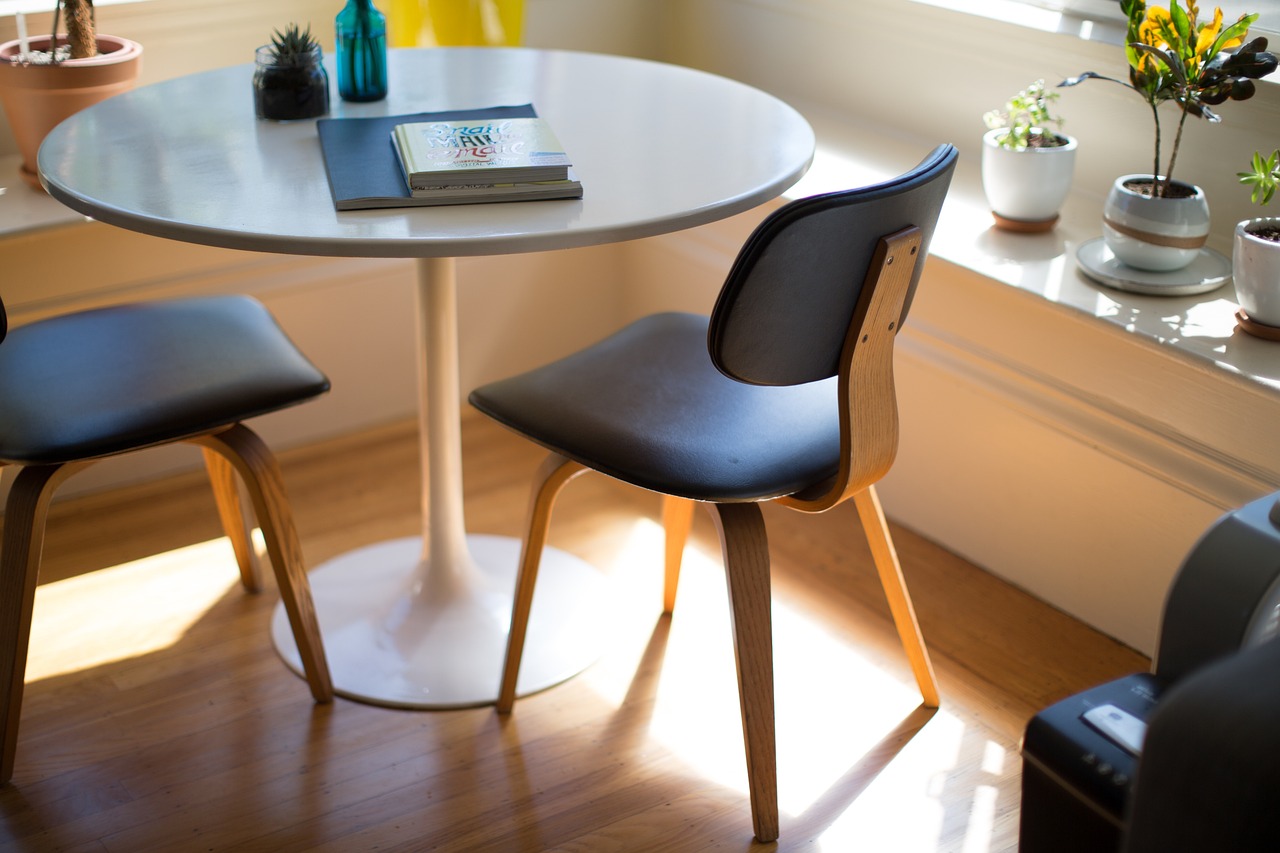
Maintaining Consistency
When it comes to painting your home's interior and exterior, maintaining consistency is key to achieving a cohesive and harmonious look. Consistency in paint finishes, sheens, and application techniques between the inside and outside of your home is crucial for a seamless transition. Imagine walking from a beautifully painted living room with a glossy finish to a dull exterior with a matte finish - the contrast would be jarring and disrupt the overall aesthetic appeal.
To maintain consistency, start by selecting paint finishes that work well both indoors and outdoors. Opt for finishes that complement each other, such as satin or eggshell, to create a unified look. Consistent sheens across different surfaces will help tie the overall design together and ensure a smooth flow from room to room and from the interior to the exterior.
Another aspect to consider is the application technique. Whether you are painting walls, trim, or doors, using the same application method throughout your home will contribute to a cohesive appearance. Consistency in brush strokes or roller direction can make a significant difference in the final outcome, ensuring a professional and polished look.
Think of consistency as the glue that holds your interior and exterior paint colors together. It acts as a unifying factor that brings all elements of your home's design into harmony. By paying attention to details like finishes, sheens, and application techniques, you can create a seamless transition that enhances the overall aesthetic appeal of your home.
Frequently Asked Questions
- How do I choose the right color palette for both my home's interior and exterior?
To select a unified color palette, consider the existing elements in your home like flooring, furniture, and landscaping. Choose colors that complement each other and create a harmonious flow between the inside and outside.
- Why is it important to consider natural lighting when picking paint colors?
Natural light can significantly impact how paint colors appear. Testing samples in different lighting conditions helps ensure that the colors maintain harmony and cohesion throughout your home.
- How can accent colors enhance the overall design of my home?
Strategically incorporating accent colors on doors, trim, or focal points can add visual interest and depth to your home's design. Using accents effectively helps tie the interior and exterior together seamlessly.
- Why should I consult with a professional painter or designer?
Seeking advice from experts can provide valuable insights on coordinating paint colors and achieving a visually appealing result. Professionals can help ensure that your color choices create a harmonious atmosphere in your home.





